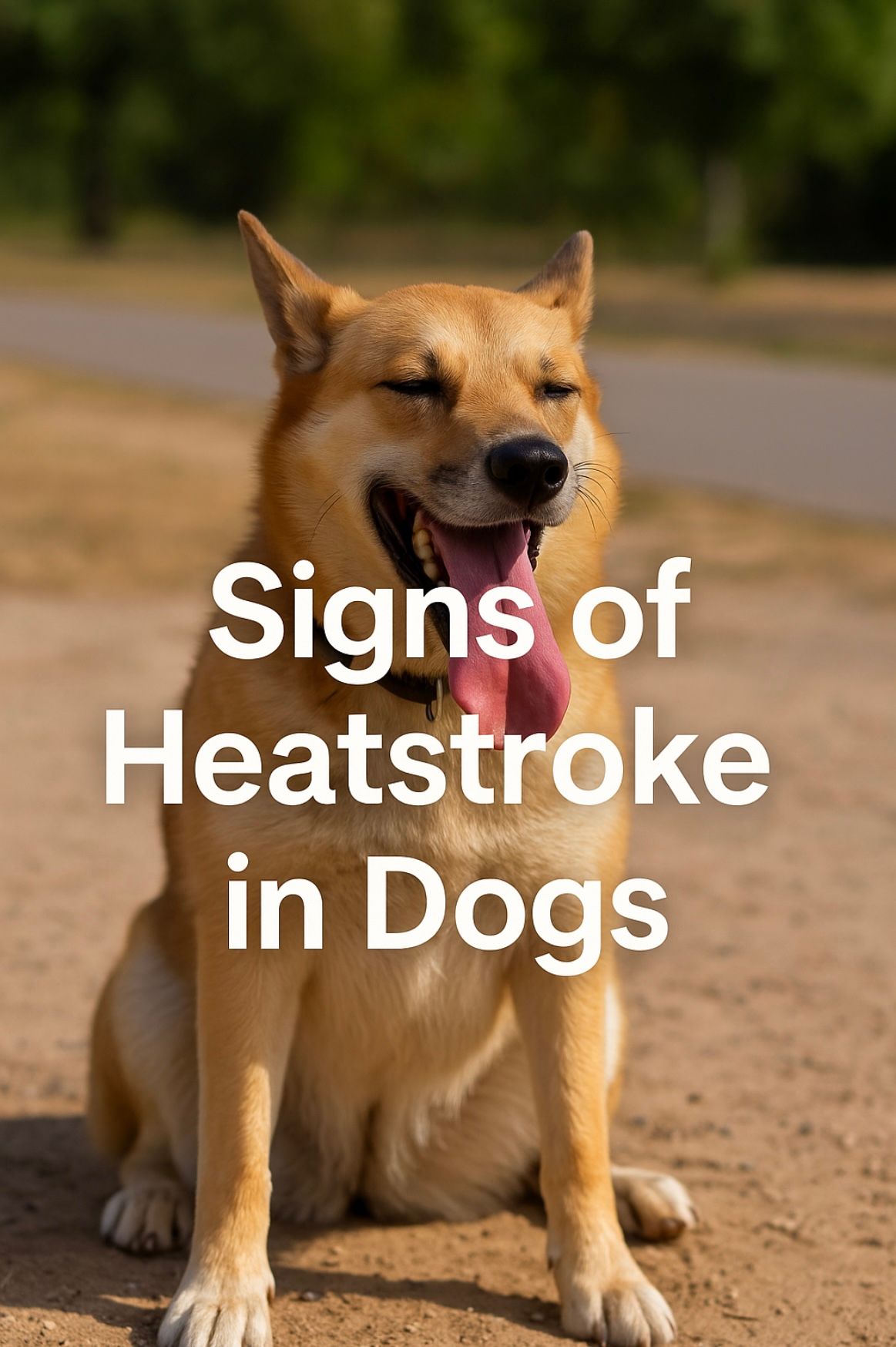How to Keep Your Dog Safe in the Summer Heat (Before It’s Too Late)
Most dogs don’t die from heatstroke. They suffer for hours first. Here’s how to spot the signs and prevent it.
How to Keep Your Dog Safe in the Summer Heat (Before It’s Too Late)
You don’t need to live in Texas or Arizona for the pavement to burn your dog’s paws. Heatstroke in dogs can happen in any state even on a breezy 80-degree day and most owners have no idea their dog is overheating until it’s almost too late.
Let me paint the picture. You step outside with your dog for a short afternoon walk. The air feels warm but manageable. But what your feet don’t feel, theirs do scorching asphalt that’s already reached 130–150°F. And your dog? He’ll keep walking just to stay by your side, even if it hurts.
I know this because I’ve lived it. I had a Husky-German Shepherd mix, and one summer, after just 30 minutes in the sun, he came back in panting hard, tongue out, eyes glassy. It took over an hour, cool towels, fans, and some serious prayers to bring his body temp back down. I wish I had known what I know now.
The Root of the Problem: Dogs Overheat Differently Than Humans
Unlike humans, dogs don’t sweat through their skin. They regulate body temperature mainly through panting and limited sweat glands in their paw pads. Once the air or ground temp exceeds what their body can cool, it spirals fast especially for large breeds, short-nosed breeds, and dogs with double coats.
What Most People Get Wrong: “It’s Only 85 Degrees Out”
Here’s what’s rarely talked about:
- Air temperature ≠ ground temperature. On an 85°F day, pavement can hit 130°F.
- Paw pads can burn in seconds at those temps. If you can’t hold your hand to the ground for 5 seconds, your dog shouldn’t be walking on it.
- Heatstroke begins silently. Early signs include heavy panting, excessive drooling, glazed eyes, and fatigue. By the time vomiting or collapse happens, it’s an emergency.
And this isn’t just a “Texas thing.”
Dogs suffer in all 50 states humid or dry, southern or northern. Even places like Oregon, New York, or Colorado have seen fatal cases of canine heatstroke during “mild” summer days. It’s not just the sun. It’s the duration of exposure, lack of shade, and poor cooling mechanisms that tip the scales.
What I Do Differently: Summer Protocol for My Dogs
I don’t wait until symptoms show. I’ve learned to prevent them:
Walk before 9 AM or after 8 PM
Stick to shaded grass and avoid sidewalks or pavement
Check the ground with the 5-second hand test
Offer frozen bone broth cubes as a natural electrolyte boost
Use cooling mats or fans indoors post-walk
Never leave dogs in cars, even with windows cracked. Temps inside can hit 120°F in under 10 minutes
Know your breed. Dogs with thick fur or flat faces (like Shepherds, Huskies, Bulldogs, or Boxers) are more susceptible to overheating
Final Takeaway: You Don’t Get a Second Chance
Dogs won’t tell you they’re overheating until it’s already dangerous. You have to know the signs, respect the temperature, and plan ahead.
You’re their only advocate. So please treat every walk in summer like it could be a risk. Because the truth is, sometimes it only takes one.
If you’re someone who cares deeply about root-cause health for you or your pets and you’re ready to work with someone who looks at the full picture, I offer a free 15-minute call.
Visit www.executivefunctionalhealing.com to book yours.

